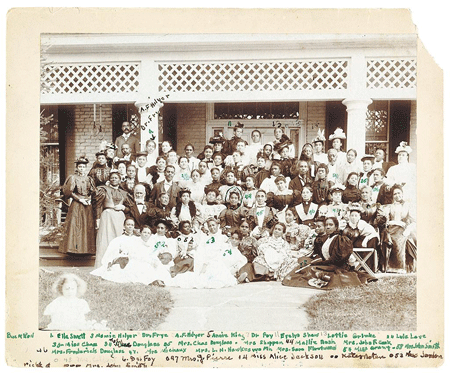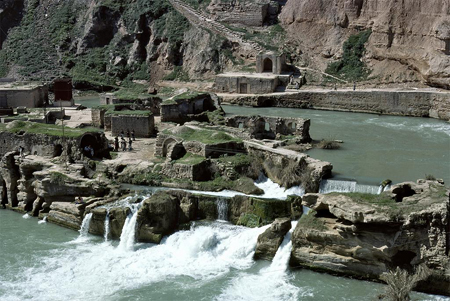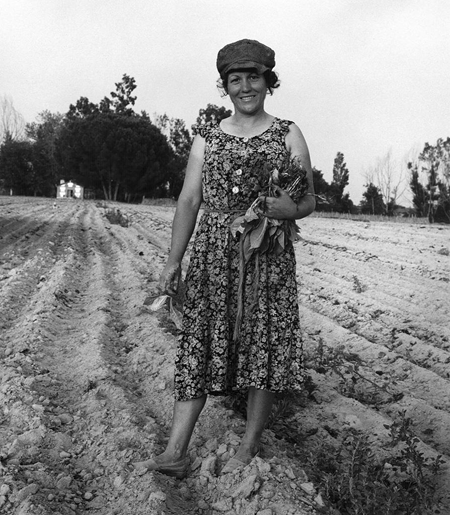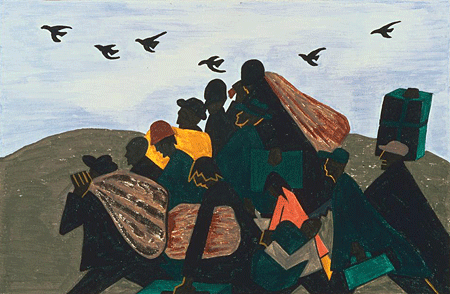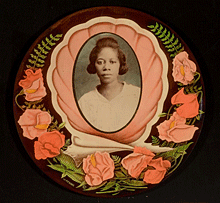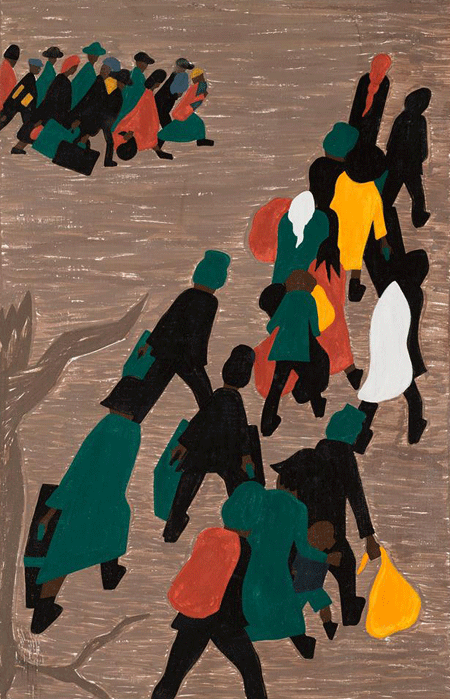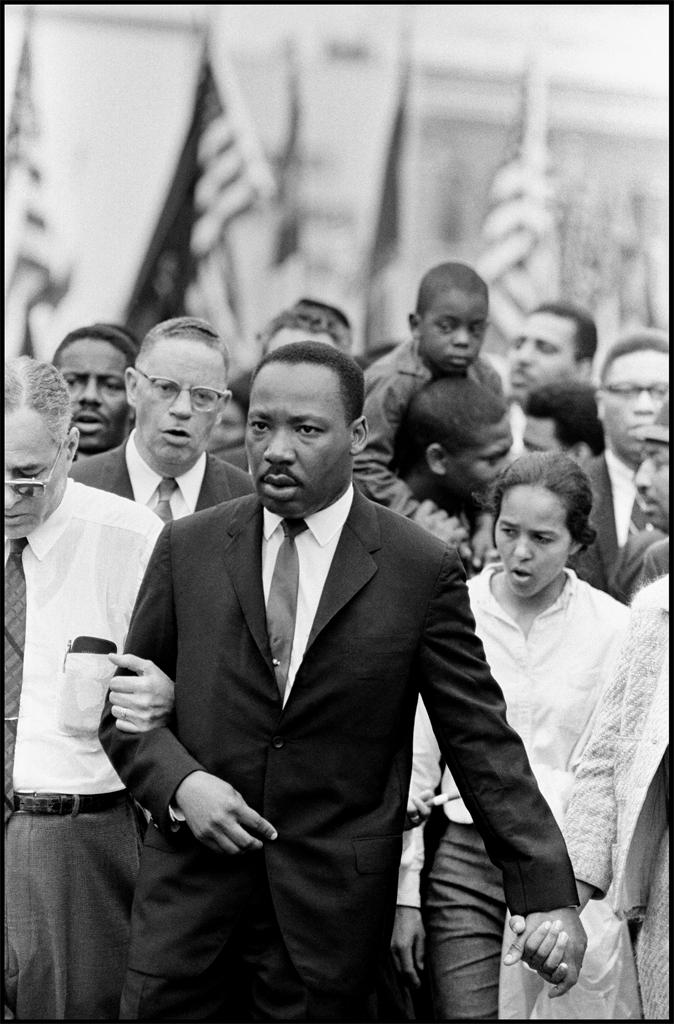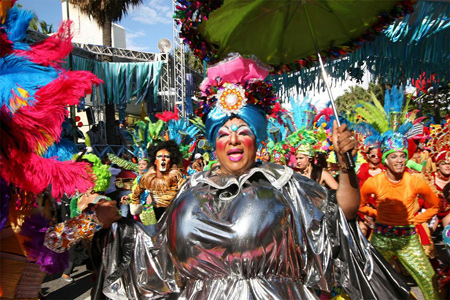
Photographer: Rubén Durán | Creole/Fantasy Influence (Carnival in Dominican Republic) | February or March circa 2009-2010 | Cotuí, Dominican Republic | Photograph © HCC Central College – Rubén Durán
Rubén Durán, Senior Web & Video Developer at Houston Community College Central’s Curriculum Innovation Center, was kind enough to give us a little background on his collection of photographs of carnaval, which were recently released in the Artstor Digital Library.
The riotous, rebellious world of carnaval came to life for me when I traveled to my native Dominican Republic to recapture some of my youth. The result is a collection of 550 images now available in the Artstor Digital Library in collaboration with the Houston Community College Central Fine Arts Division. The vibrant colors document the oldest carnaval celebrations in the Americas and I discovered at the Caribbean crossroads, Creole, Spanish, and African cultures blending with the indigenous Taino people to create festivals unlike any others I’ve seen.
